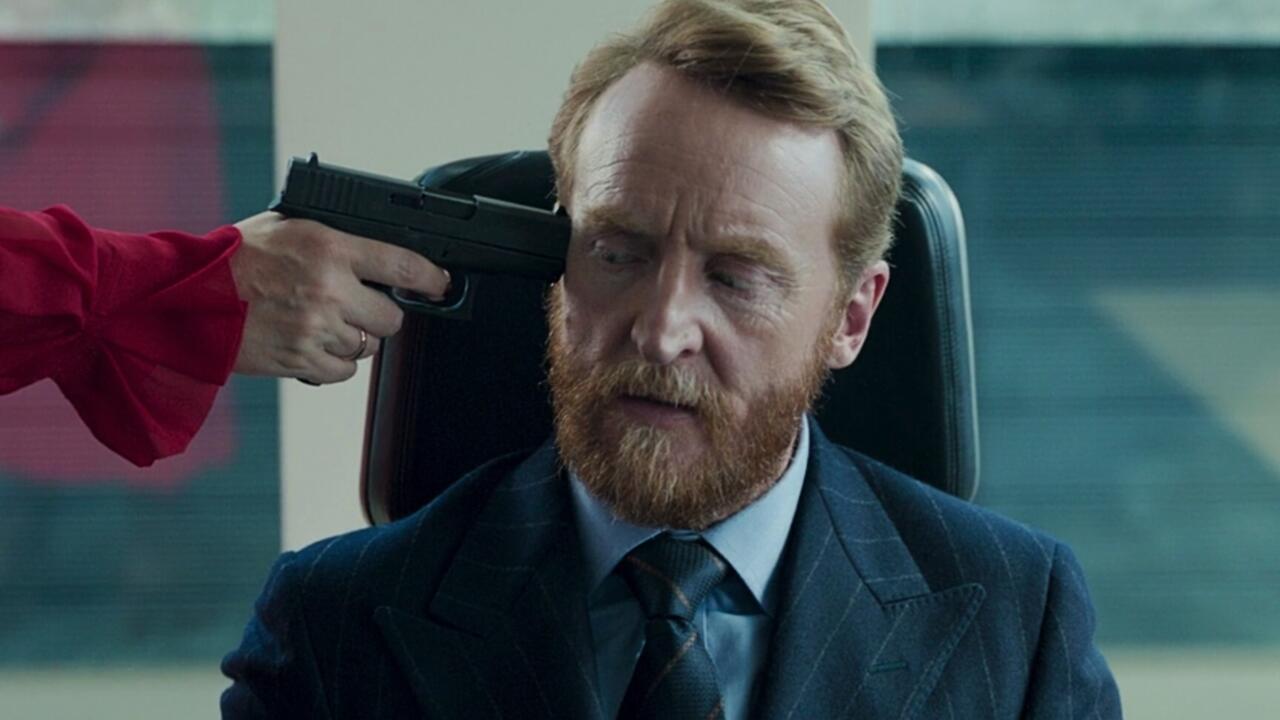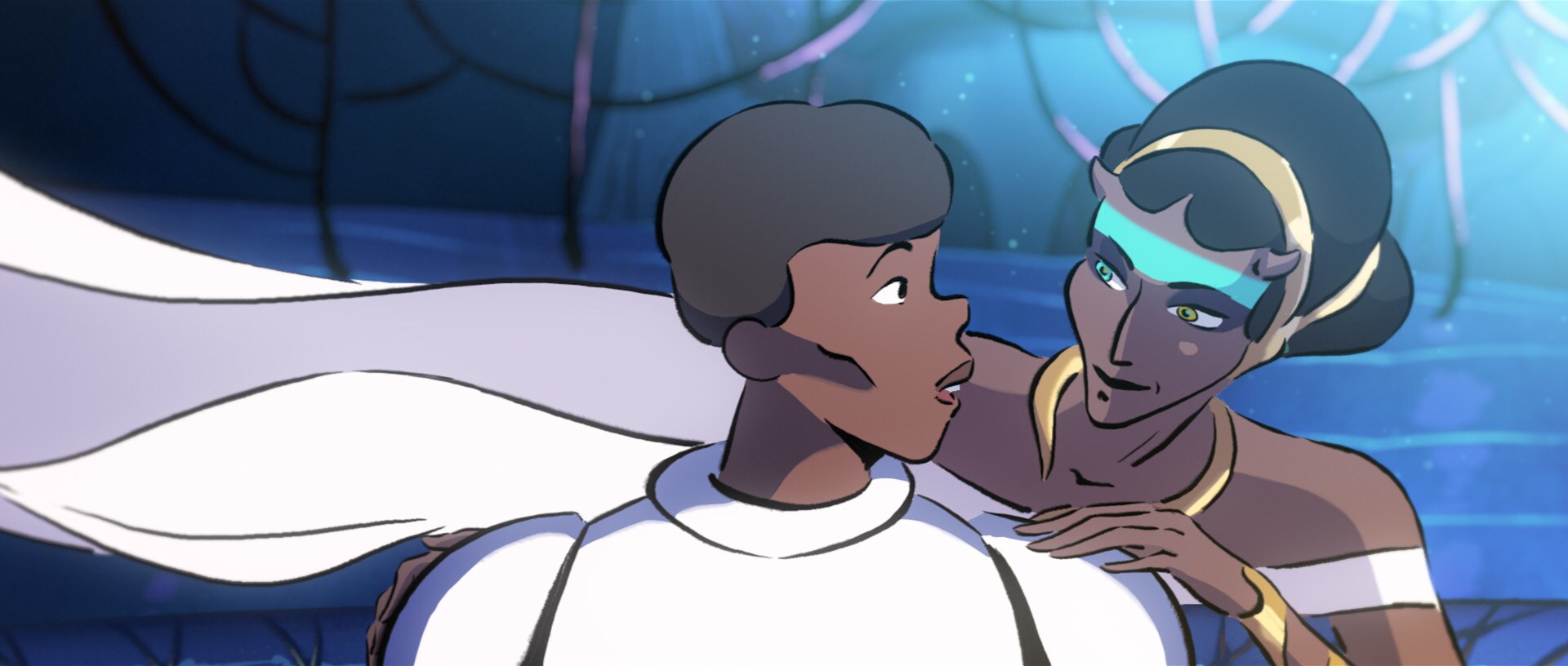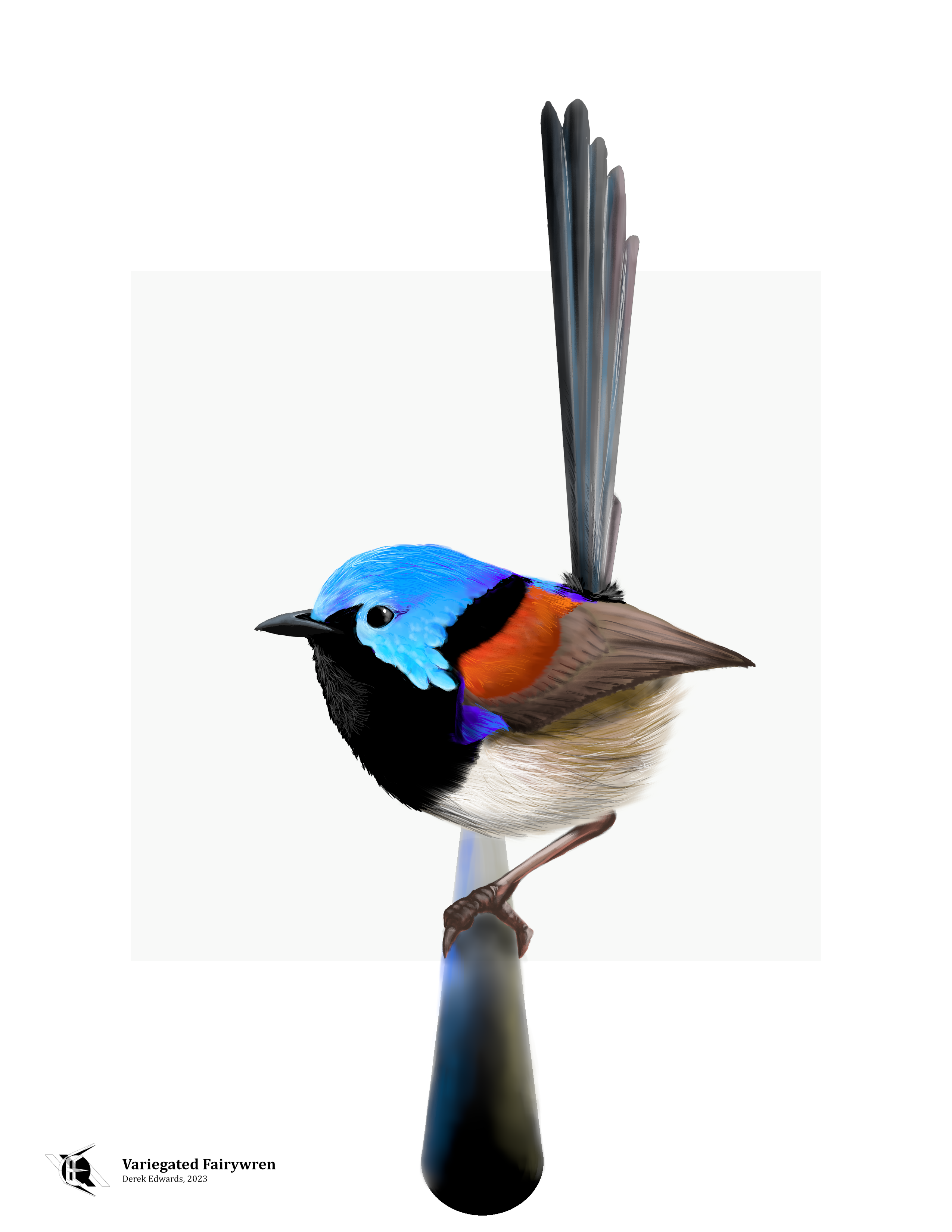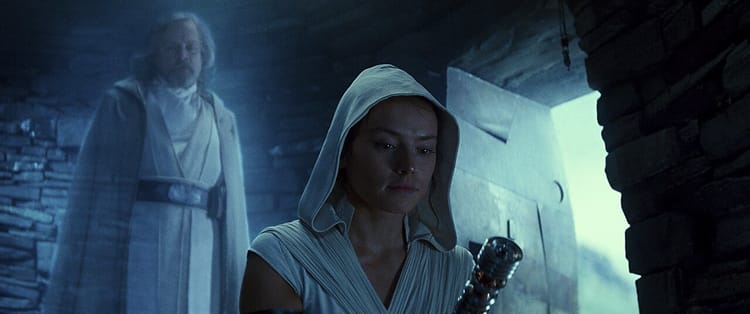
Running Commentary 7/24/2023
Hello,
I spent much of the past week out on the Lake Michigan lakeshore. During that trip I was able to revisit my favorite beach. Saugatuk Dunes State Park is just south of Holland. It is a very minimally-developed park; if you want to swim, you'd better show up in your swim suit, since there aren't any changing facilities. Getting to the beach means walking for about half an hour on trails through the wooded dunes. But all that's worth it to get to the most beautiful beach I've found on the lake. There's no harbor nearby, no-one's boats running just outside the swim area, no ice cream and hotdog stand in the middle of the sand, just water and sand and woods and dunes.

Besides that, I went a few other places and spotted some birds, one of which I'll be drawing next week.
Anyway...
Watching...

Secret Invasion
One more shorter episode before what I presume will be a pretty long finale. Here are my notes:
- The DNA of the Avengers MacGuffin is kind of dropped into the show with no preamble. It seems kind of dumb, especially considering that most of the Avengers don't actually have superpowers, and a lot of those who do (Black Panther, Captain Marvel, Doctor Strange) I don't think would have the ability to pass those powers on genetically.
- I like that Cobie Smulders has been a "special guest star" in every episode, mostly just based on a single blurry photo of her character that keeps being shown.
- Gravik clearly had more than just G'iah to worry about. I imagine that his contingency plan where he sacrifices all the Skrulls who came to him for sanctuary will be revealed sometime in the finale and that'll lose him the rest of his support.
- Fury mentions not wanting to get the Avengers involved because the Skrull invasion is personal to him. I've thought about that question myself, and I honestly don't think the Avengers would be much help here. Maybe Sam and Bucky could be useful, but until Super Skrulls try to take the Earth over directly, Fury is more the right guy to counter them.

Star Wars: Visions
"The Spy Dancer" comes from the French Studio la Cachette. (A cachette is a hiding place, for what that's worth.) It is my favorite short in Volume 2 so far. Here are my notes:
- This short is very French, being set in an opera house and with French flags snuck in on Imperial rank insignias. The only thing that could have made it more French would be setting it on Ryloth amid Twi-leks, but that would ruin the twist, I suppose. (It is odd that the British got the Twi'leks last time, though.)
- I can't say I loved the animation here. It was pretty blobby looking, and the proportions on a lot of people seemed off. I appreciate that this studio is still doing hand-drawn 2D animation, which is almost a lost art at this point, but I didn't think this particular example looked great.
- I really liked the story here. It wasn't generic, and it wasn't vaguely sketched out. It was pretty fully told in the short run time. It was good. There haven't been any really bad shorts in this Volume, but this deserves recommendation above the rest.
Eating...
This is just a quick comment on the fact that Snyder's of Hanover has changed the recipe for their Cheddar Cheese Pretzel Pieces. I really liked the old version and the new version is, to my taste, worse. But the new version actually tastes like cheddar cheese, where the old one sort of tasted cheesy but also a little spicy, so I can sort of see why the change was made. Still, I'll miss the old version.

Bird of the Week
I keep a list, in Todoist, called "Things to Draw". Currently, it's all full of birds to draw for Bird of the Week. Somehow I'll come across a bird that I'll find either striking-looking enough that I want to draw it or else interesting enough that I want to write about it, and it'll get thrown on the list. Sometimes they get drawn within a few weeks, while others tend to languish for months or even years. This week I'm finally getting to one that's been on my list since September 23, 2019, just over a month before I started A Running Commentary: the Variegated Fairywren.
Fairywrens are small songbirds found in Australia and New Guinea. There are a total of 32 species in their family, of which 16 are commonly called "fairywrens", with the others being considered either "emuwrens" or "grasswrens". Fairywrens are generally the most brightly colored of these, often featuring bright blue and purple feathers. The variegated fairywren is a fairly typical-looking example, looking very similar to other species, such as the blue-breasted, purple-backed, and lovely fairywrens. The fairywrens and their cousins are not really wrens; as in the case of many Australian birds, fairywrens were named after birds familiar to British settlers. Both true wrens and fairywrens share compact, egg-shaped bodies, slim bills, and long, thin tails held cocked upright. But wrens are all gray or brown; fairywrens are much more flashy.
At least, the males are. Some of them. Fairywrens practice what's known as "cooperative breeding", where the female's young male relations and older offspring help her to tend the nest. Young males thus don't exhibit the flashy colors that breeding males do; they can, in the variegated fairywrens, only be distinguished from the females by the color of their bills and eyelids: black in males, reddish-brown in females. The young males and the females are quite unassuming, colored in shades of beige.
But the females are more conspicuous than the dull-colored females of many European birds, because they sing. For much of the history of ornithology (which emerged as a science in Europe where female birds either do not sing or look just like the males that do), it was assumed that male birds were the only songbirds to sing, doing so to attract a mate; females were thus either silent or only made short calls, not long, multi-note songs. That's increasingly being found to be an untrue assumption; fairywrens are some of the earliest studied female songbird singers, having been recorded by Naomi Longmore, who has gone on to be one of the leading researchers into female birdsong worldwide.
"Fairy", in Australian parlance, refers to something fancifully-colored (as in "fairy bread", an Australian snack made from buttered bread covered in brightly colored sprinkles). "Fairy" comes from the Old English "faerae", the realm home to legendary magical creatures, which later came to be the name for such creatures themselves. "Variegated" comes from the Latin "varegatus", meaning "made of different colors". To science, the variegated fairywren is Malurus lamberti; Malurus is the main fairywren genus, and its name means "delicate-tailed"; lamberti honors A. B. Lambert, and English botanist best remembered for his writings on the world's conifers.
Curation Links
The Next Generation of American Cheese | Jaya Saxena, Eater
“’It’s hard to imagine processed food being good. What’s good? Does that mean taste? Does it mean quality? Does it mean health?’ asks Helen Veit, associate professor of history at Michigan State University, who specializes in food and nutrition of the 19th and 20th centuries. Today, most Americans’ blanket assumption about processed foods is that they are unhealthy. But during the advent of many food processing methods in the early 20th century, ‘processed’ wasn’t really a bad word. A processed food could actually be made well. Or at least better than what exists now.”
Parakeet Panic | The Last Archive
[AUDIO] Monk parakeets are small parrots found in South America. In the mid-20th Century, they became popular pets in the United States, though for many their charm wore off quickly. Many parrots were thus released into the wild, many coming from homes in New York City. Government agents, fearing that the birds would wreak havoc on American agriculture, initiated an aggressive plan of population control, the sort of solution animated by the neo-Malthusian nature of the environmental conservation moment of the time.(40 minutes)
Their Bionic Eyes Are Now Obsolete and Unsupported | Eliza Strickland & Mark Harris, IEEE Spectrum
“Neural implants—devices that interact with the human nervous system, either on its periphery or in the brain—are part of a rapidly growing category of medicine that’s sometimes called electroceuticals. Some technologies are well established, like deep-brain stimulators that reduce tremors in people with Parkinson’s disease. But recent advances in neuroscience and digital technology have sparked a gold rush in brain tech, with the outsized investments epitomized by Elon Musk’s buzzy brain-implant company, Neuralink. Some companies talk of reversing depression, treating Alzheimer’s disease, restoring mobility, or even dangle the promise of superhuman cognition. Not all these companies will succeed, and Los Angeles–based Second Sight provides a cautionary tale for bold entrepreneurs interested in brain tech. What happens when cutting-edge implants fail, or simply fade away like yesterday’s flip phones and Betamax? Even worse, what if the companies behind them go bust?”
See the full archive of curations on Notion






Member Commentary